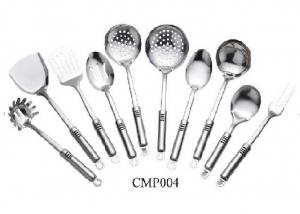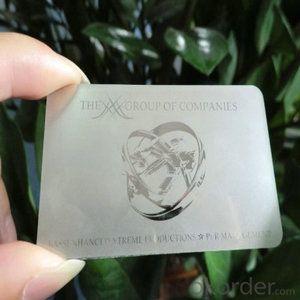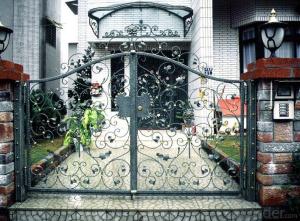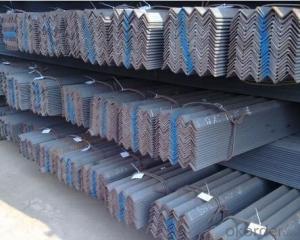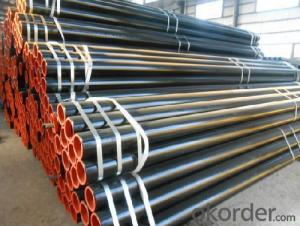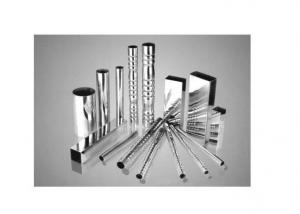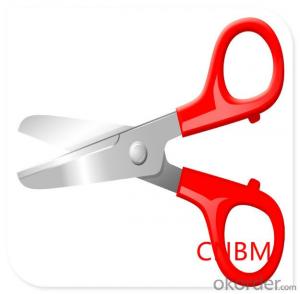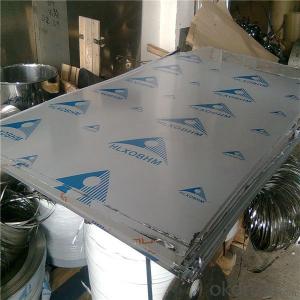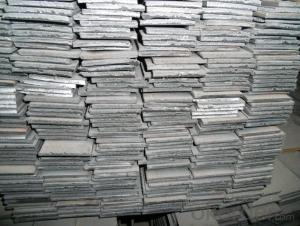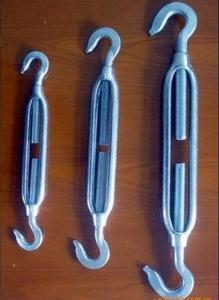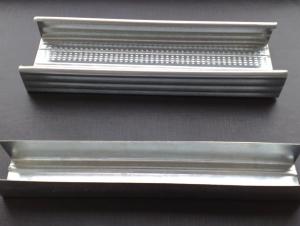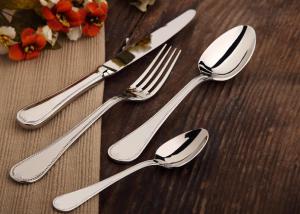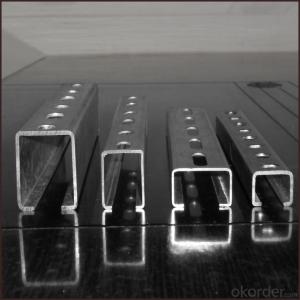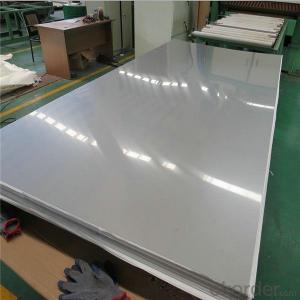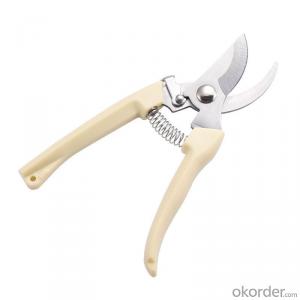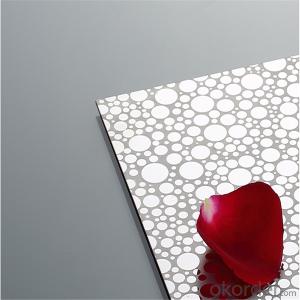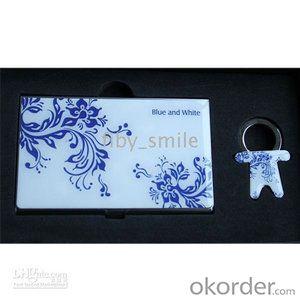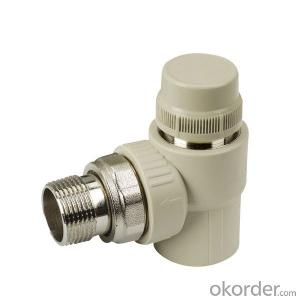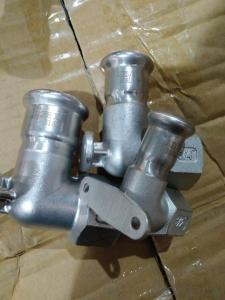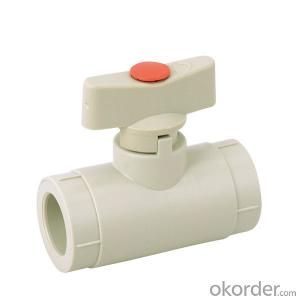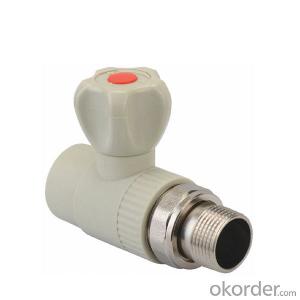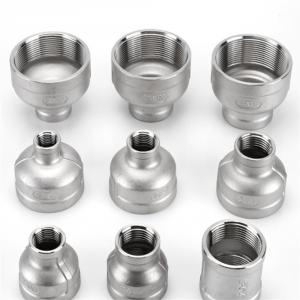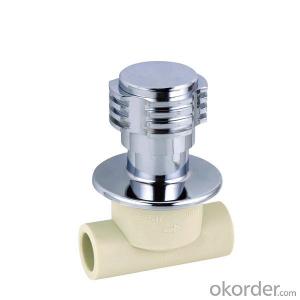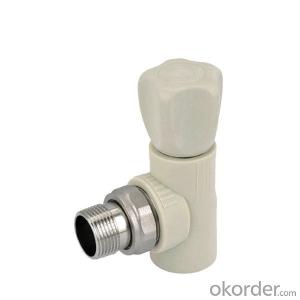Metals Stainless Steel
Metals Stainless Steel Related Searches
Materials Stainless Steel Stainless Steel Metals Metal Stainless Steel Stainless Steel Stainless Material Stainless Steel Stainless Steel Materials Canisters Stainless Steel Shelves Stainless Steel Stainless Steel Elements Type Stainless Steel Stainless Steel Plates Stainless Steel Jewelries Shelving Stainless Steel Refrigerators Stainless Steel Stainless Steel Jewellery Gas Ranges Stainless Steel Solder Stainless Steel Stainless Steel Jewelery Stainless Steel Doors Blender Stainless Steel Stainless Steel Shelves Color Stainless Steel Thermos Stainless Steel Stainless Steel Products Kitchen Shelves Stainless Steel Stainless Steel Material Stainless Steel Hardware Density Stainless Steel 4 Stainless Steel Stainless Steel ApliancesMetals Stainless Steel Supplier & Manufacturer from China
Metals Stainless Steel encompasses a diverse range of products, including sheets, pipes, bars, and wires, which are known for their corrosion resistance, durability, and versatility. These products are widely used across various industries, such as construction, automotive, aerospace, and food processing, where their strength and resistance to harsh environments are highly valued. Okorder.com stands as a prominent wholesale supplier of Metals Stainless Steel, boasting a vast inventory that caters to the needs of clients from different sectors. With a commitment to quality and customer satisfaction, Okorder.com ensures that the Metals Stainless Steel products they offer meet the highest standards and are readily available for bulk purchases.Hot Products



